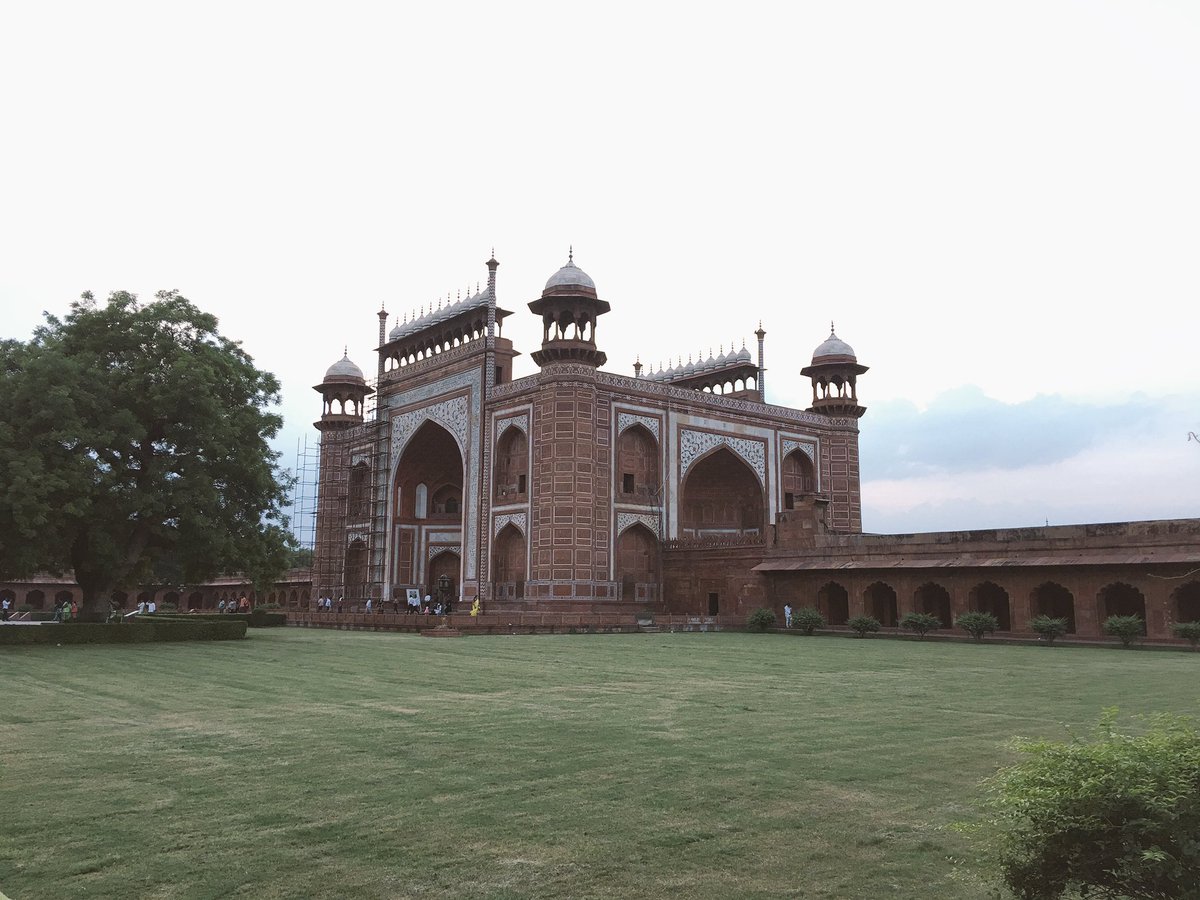
#2 in our series on temples of Delhi built in Mughal Era
This is the Shivalaya of Dhummi Lal Khanna, built in the reign of the Mughal Emperor Akbar II in Katra Neel in Old Delhi / Shahjahanabad
Text and idea @SamDalrymple123
This is the Shivalaya of Dhummi Lal Khanna, built in the reign of the Mughal Emperor Akbar II in Katra Neel in Old Delhi / Shahjahanabad
Text and idea @SamDalrymple123
https://twitter.com/iamrana/status/1529007999339368449

#MughalMandirs have been studied significantly less than any other type of mandir in the subcontinent - suprising given that the dynasty's other monuments have been studied more than any other aspect of Indian Art history, giving impression that Mughal Mandirs just didn't exist
2
2

around 100 Mughal era mandirs survive today in Old Delhi.Reason for their neglect is that they're often hard to find,hidden behind high walls. None of the traditional mandirs there are surmounted by a high shikhara, instead possessing the lotus domes found elsewhere in Mughal art 

Acc to Catherine Asher these domes marked 'religious buildings' in general & had no sectarian affiliation. Primary differenciation bet Hindu & Muslim architecture in Mughal capital was that mosques would be visible from streets,whereas temples were enclosed within walled garden
4
4

Today, heavily encroached Shivalayas are often all that remain of once much larger garden temple structures
Also note the similarity to domed pavilions and carved columns in the Mughal forts and palaces. The ever present acanthus leaves on architecture of that era
5/
Also note the similarity to domed pavilions and carved columns in the Mughal forts and palaces. The ever present acanthus leaves on architecture of that era
5/

The British saw this as evidence of Islam subsuming Hindu and other non-Muslim identities. Yet an analysis of the Sanskrit texts popular at the Mughal court seems to imply a different reasoning. Mandirs were meant to be erected among hills, trees and bodies of water.
6/
6/
In urban Mughal context we need to see Shivalaya as the Garbh Griha & surrounding haveli as a mandala: "The surrounding walls of haveli temples or Shivalaya are hills, & potted flowers are the greenery that can only thrive on water" In ths setting, acc to Brhatsamhita gods dwell
This form of temple building - based in the Brhatsamhita tradition rather than the Sthapati Shastras - was hugely popular across the 15th-18th century Gangetic plains and was particularly patronized by Rajputs.
8/
8/

Since the late 19th century and polarisation of Hindus and Muslims across North India, most of these temples were demolished and reconstructed with classical shikharas etc
9/n
9/n
• • •
Missing some Tweet in this thread? You can try to
force a refresh




















